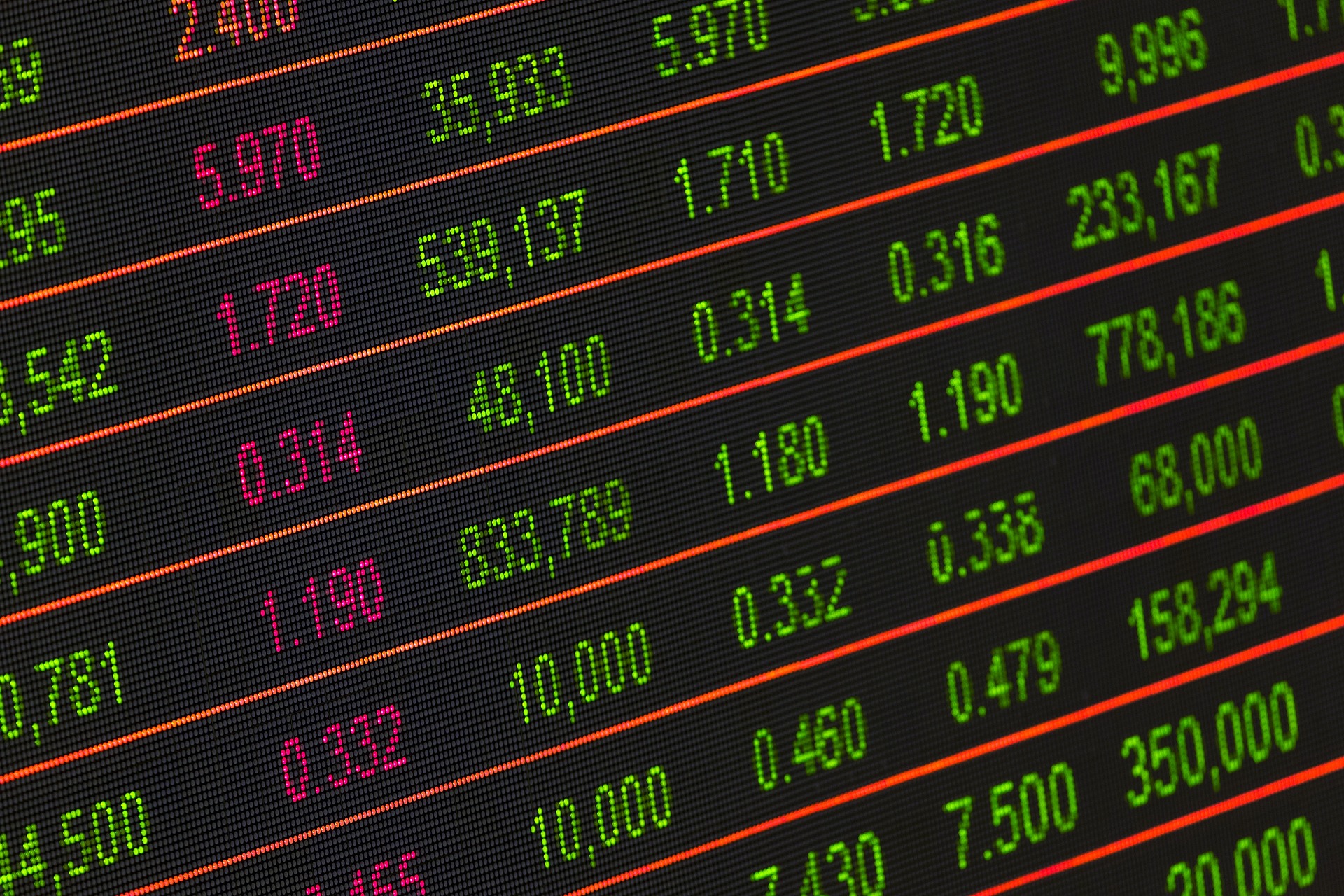The stock market experienced significant volatility on Wednesday, with the Dow Jones Industrial Average falling by 204 points, or 0.5%, after initially gaining over 400 points earlier in the session. The S&P 500 and the Nasdaq Composite also saw declines, falling 0.5% and 0.7%, respectively. This turbulence comes as investors grapple with the week’s severe losses and attempt to stage a recovery, according to CNN.
A poorly received auction of 10-year Treasury notes contributed to the market’s instability. Investors demanded higher yields than expected, leading to a sudden drop in stock prices. The sale of $42 billion in 10-year bonds resulted in a yield of 3.960%, three basis points higher than anticipated, indicating weak demand for U.S. debt. This highlighted investor concerns about the economic outlook and potential future government spending, as reported by Barron’s.
CNN’s Fear & Greed Index, which tracks seven indicators of market sentiment, remained in the “extreme fear” zone. This index had dipped to that level the previous Friday, reflecting heightened anxiety among investors. Additionally, the Cboe Volatility Index, often referred to as Wall Street’s fear gauge, climbed to 28, indicating increased expectations of market volatility.
Friday’s jobs report had sparked a sell-off, pushing the Nasdaq Composite into correction territory and dampening hopes of a smooth economic recovery. This report added to existing worries about slowing economic growth, which had already fueled a significant sell-off across global markets earlier in the week, according to Barron’s.
International markets presented a mixed picture. Japanese stocks, for instance, saw a rebound with the Nikkei 225 index rising by 1.2%. This followed the index’s largest single-day percentage drop since 1987, triggered by the Bank of Japan’s decision to raise interest rates for the second time in 2024. The central bank’s deputy governor later assured business leaders that no further rate hikes would be forthcoming amid the current market volatility.
Oil prices rose on Wednesday, providing some relief to the energy sector. West Texas Intermediate crude futures climbed 2.6% to $75.08 per barrel, and Brent crude futures increased by 2.3% to $78.23 per barrel, as reported by CNN.
Despite these challenges, the tech sector faced significant losses. The Magnificent Seven tech giants lost a combined $615.6 billion in value on Monday, according to S&P Global data reported by CNN. Investors remained cautious about the impact of artificial intelligence on these companies’ revenues, contributing to the sector’s decline.
The market’s struggle to find direction amid economic uncertainties, poor Treasury auctions, and investor fear has led to significant volatility. With economic data and global market reactions continuing to influence investor sentiment, the road to recovery remains fraught with challenges.







